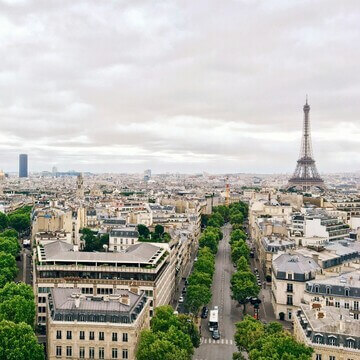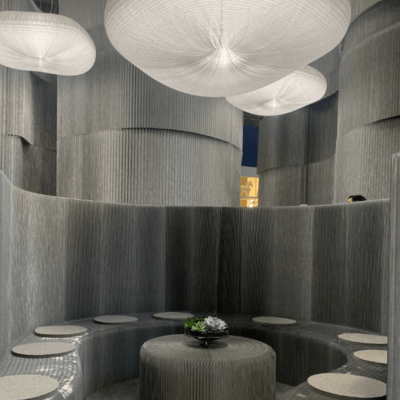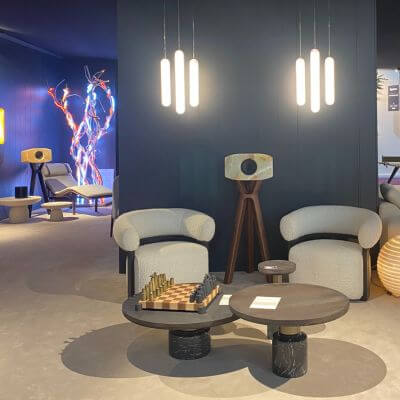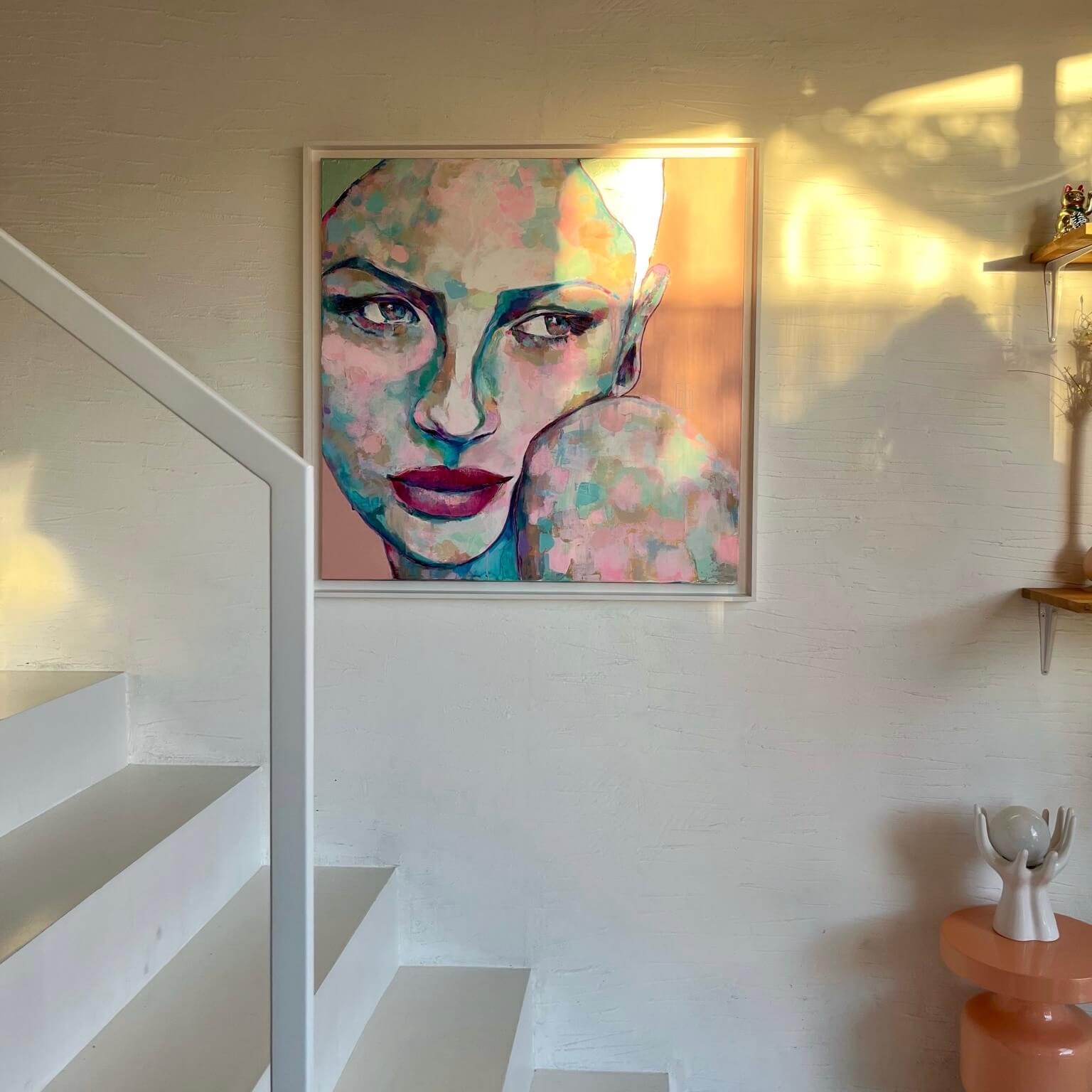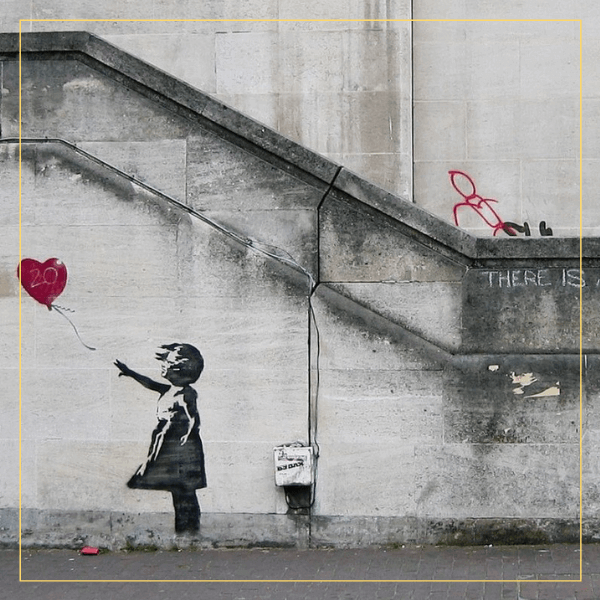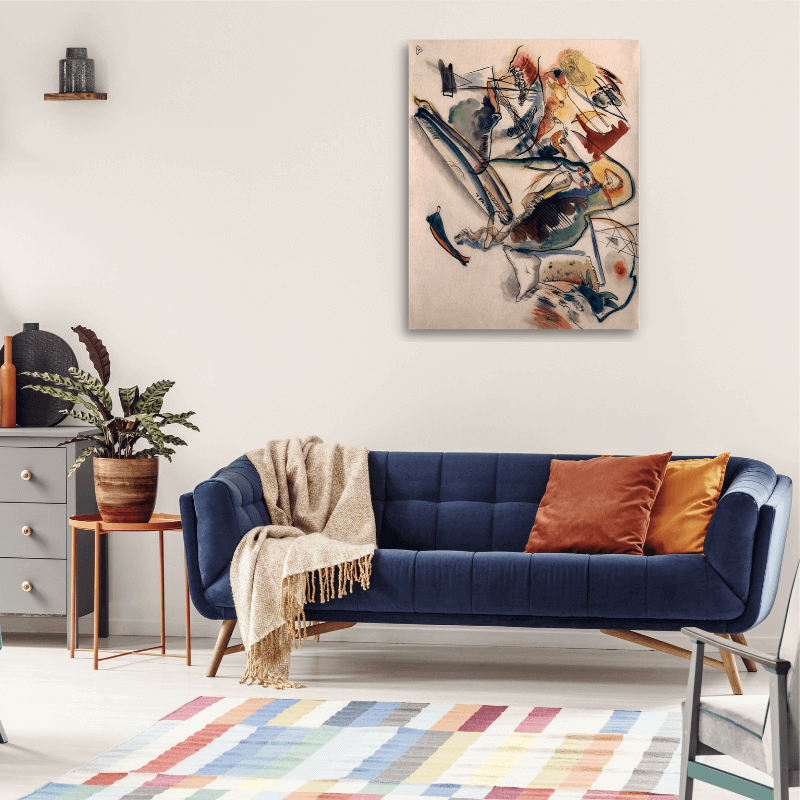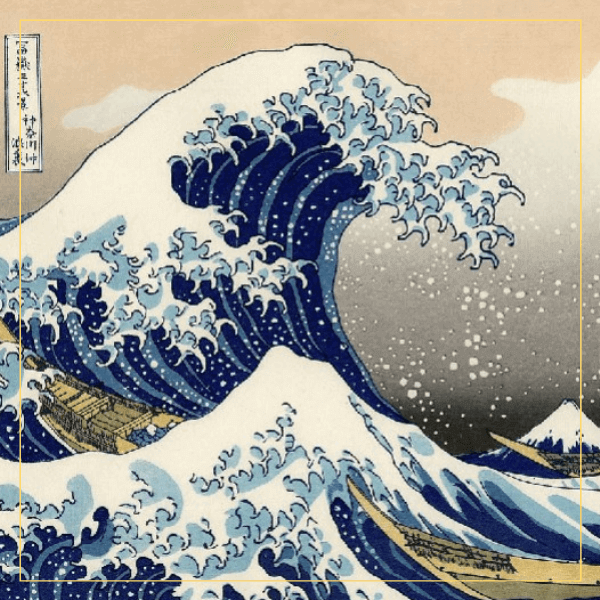Camille Claudel, the tourmented genius
- 10/05/2021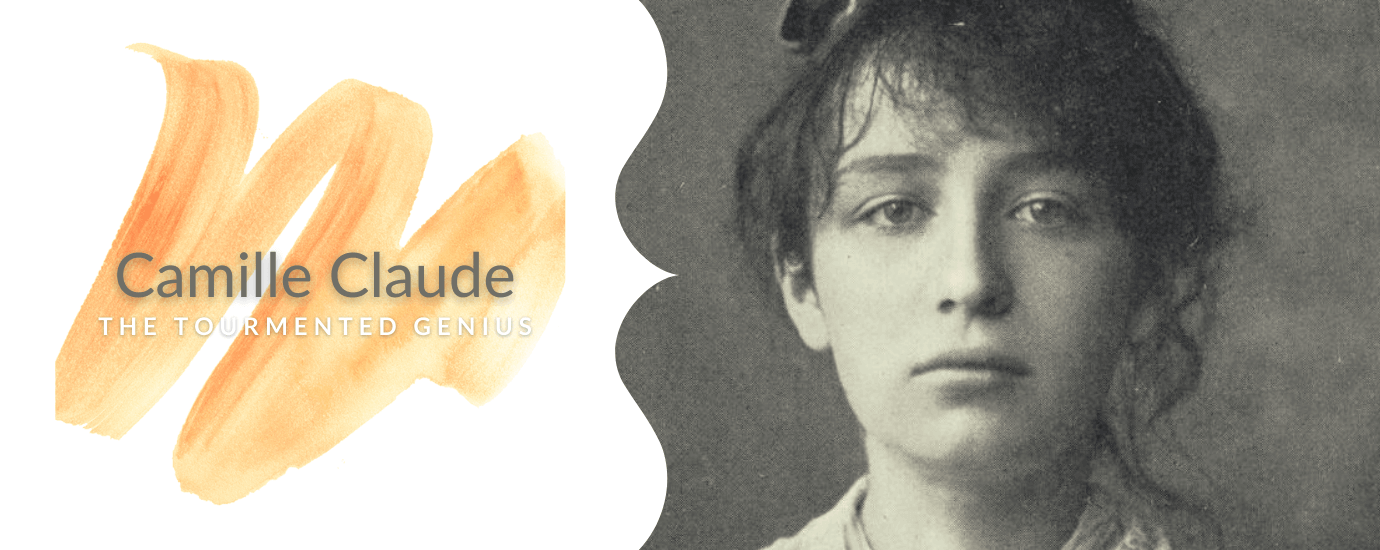
I will not start it today as I do not want to sadden you. I am in an abyss.
I live in such a curious world, so bizarre.
The dream that once was my life is now the nightmare."
Camille Claudel has lived the last thirty years of her life in exile, poverty-striken and weakened, slowly sinking into a hellish delusion, interned far from everything and everyone, at the worst time of psychiatry.
If her hands did not create from these decades of confinement until her death in 1943, the sculpture was yet for her oxygen and her yearning during her lifetime.
Her tormented destiny hides too often the artistic value of her work and her genius is barely recognized.
Crouched in the imposing shadow of Auguste Rodin, who was both her master and her lover and to whom she has dedicated almost all her designs, Camille Claudel is nevertheless one of the most influential artists of her time.
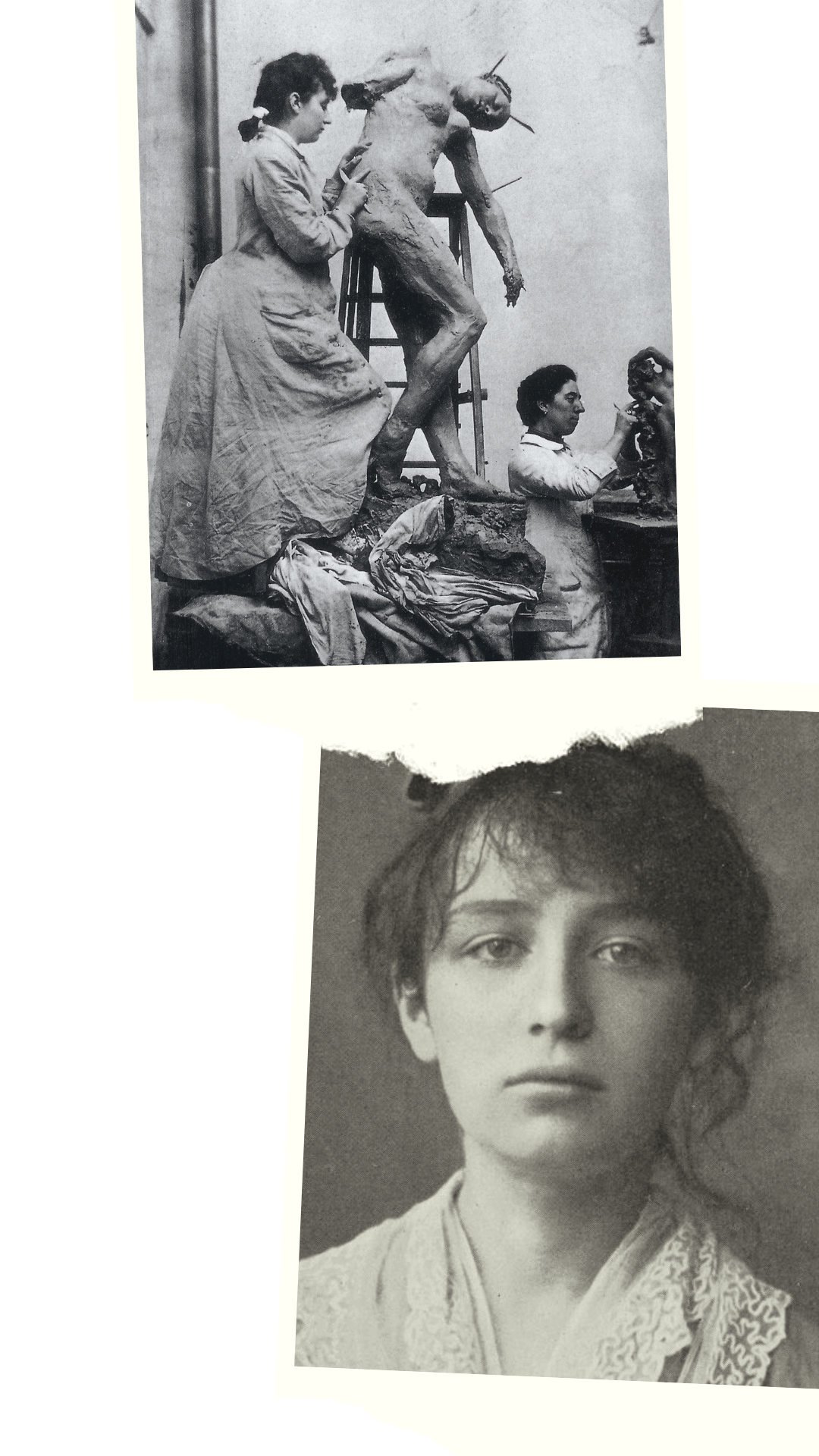
MUSE AND MISTRESS
Eldest daughter of a small bourgeois family of three children, Camille Claudel was born in a Aisne village, near Soissons, in December 1864.
Early on, she is attracted by the sculpture, the use of the material and by kneading clay.
Luckily, her father encouraged her and introduced her when she was only a teenager to the sculptor Alfred Boucher (1850-1934).
Immediately amazed by her promising talent, he advised her to join the capital where all the artists then gathered.
She finally brought her suitcases to Paris when she was 17, along with the Claudel family.
She kept learning sculpture in the Alfred Boucher’s workshop until 1883, when he traveled to Italy.
He sent Camille Claudel to the studio of a friend met years earlier, Auguste Rodin.
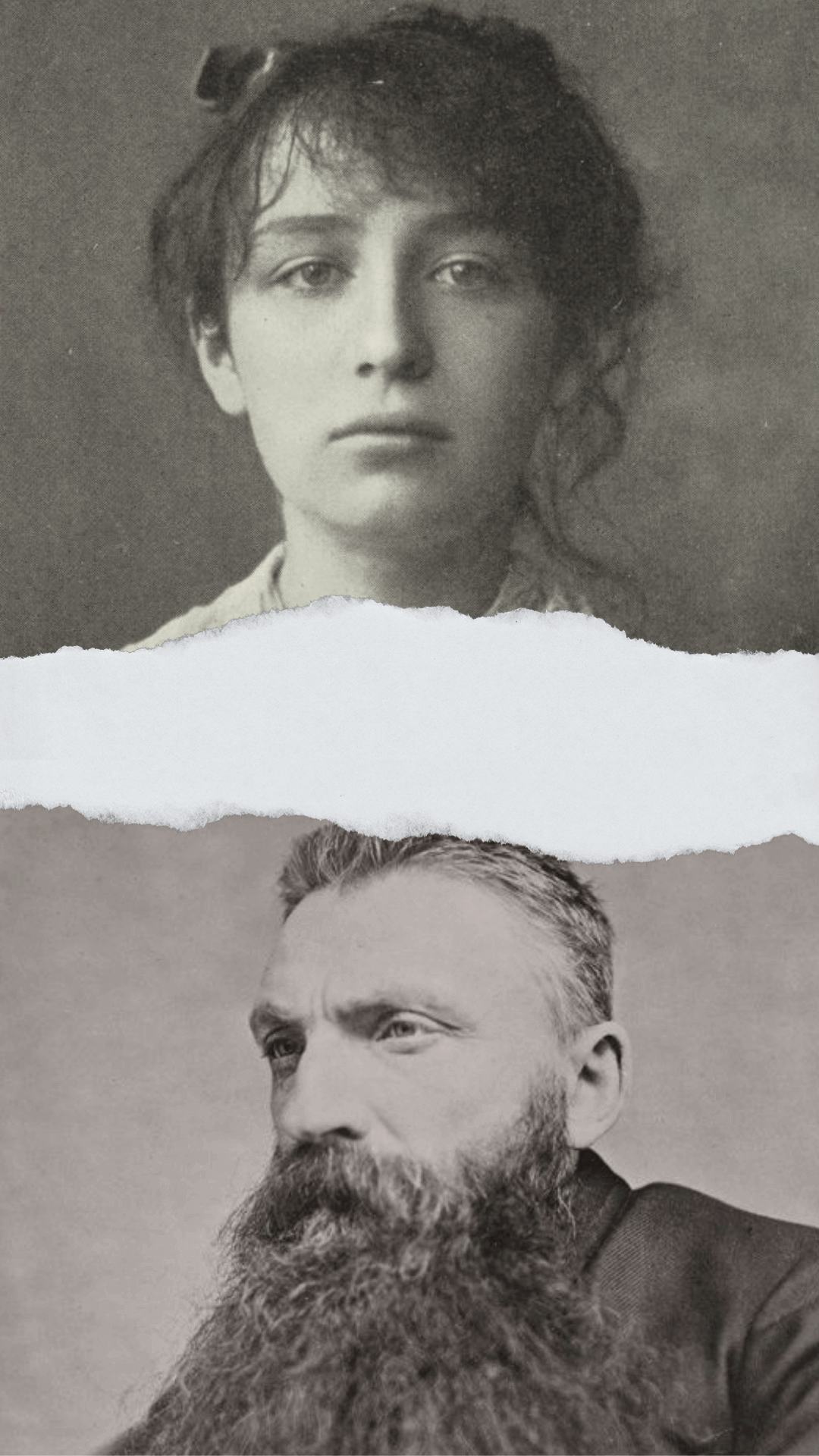
Professionally, they shared their influences and the stylistic proximity of the two artists was so important that it wass easy to mix up the work of Claudel with the one of Rodin.
Despite their twenty-four years apart, they were intensely attracted to one another, leading to nearly 15 years of difficult relationship.
Muse and mistress of Rodin, Camille Claudel, however, didn’t understand why he wouldn’t elope with her, preferring to stay with Rose Beuret – they were together since 1864, the year of birth of Claudel... Despite their intense relationship, the two artists ended in 1893 their destructive relationship, and Camille never entirely recovered.
Professionally, she slowly fell into anonymity, despite the discreet help of Rodin who tried to set orders for her.
The rest is history, Camille Claudel locked herself in her workshop, barely feeding and washing herself.
Following the death of her father in 1913, her family decided to commit her to the asylum in Ville-Evrard (Seine-Saint-Denis) in which she will spend the rest of her days.
From this difficult post Rodin era however, remains her finest achievements in terms of sculptures.
L'ÂGE MÛR, MASTERPIECE OF CLAUDEL
L’Âge mûr (also called La Destinée, le Chemin de la vie or La Fatalité) is a pivotal moment in the career of Camille Claude:
She is now in full control of her artistic means, and knows a formal recognition of stammering which however shall never extent what the artist is entitled to expect.
The sculpture depicts a group of three people, two women and one man.
The group clearly recalls the hesitation of Auguste Rodin between his former mistress Rose Beuret, who was supposed to prevail, and Camille, which is holding his arm.
Beyond an artwork that recalls her personal history, Camille gives it a symbolic dimension which leads to a meditation about human relationships.
She embodies herself in the guise of a character she calls the Imploring, marking the tragic attached to his destiny.
The man at the end of maturity is hopelessly driven by age while tending an empty hand to youth.
The nude figures are surrounded by flying draperies which accentuate the speed of walking.
Paul Claudel was talking about it like that:
"My sister Camille, Imploring, humiliated at her knees, this beautiful, this proud, and do you know what's hard for her, even now, before your eyes, is her soul”.
With l’Âge mûr, Camille Claudel takes off and become autonomic as an artist.
She develops her own plastic explorations away from the precepts of Rodin, before falling gradually into madness...
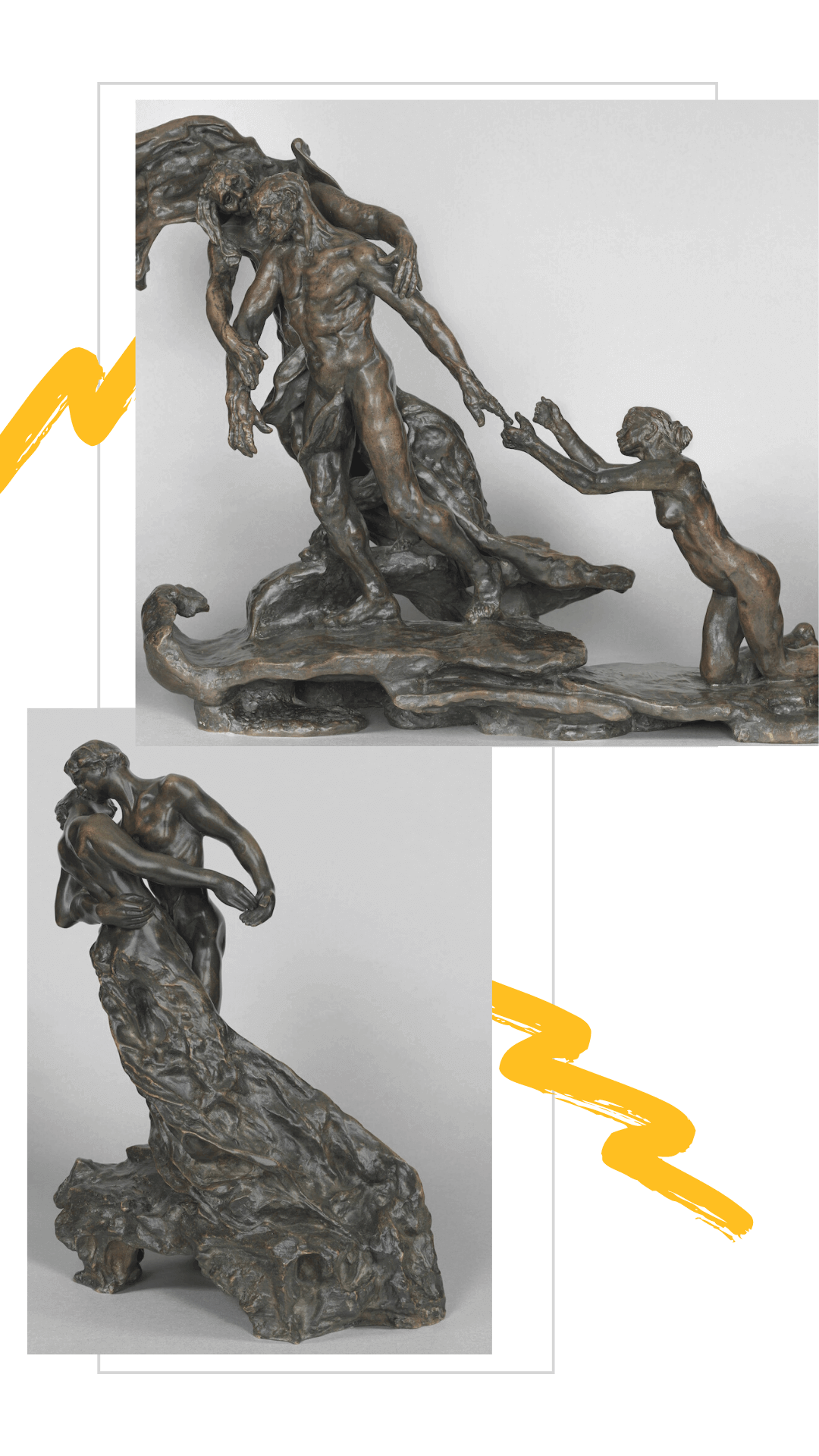
Camille Claudel is an artist who suffered from never being considered as such.
During her lifetime, she does not sell a lot and Rodin brings her financial support.
At a time when women are struggling to find a place in the world of sculpture and in Arts in general, critics and patrons are not interested in her.
She is often accused of copying vulgarly Auguste Rodin, without looking at her personal approach.
Today, Camille Claudel enjoys some recognition without having an eponymous museum (a Camille Claudel museum is planned in Nogent); her artworks are scattered in many institutions, in France and in the world and, as a snub, also in the Musée Rodin in Paris.
As if their fates were linked forever...
MARTINE CHAPERON, ART WITH BODIES
Born in Grenoble in the heart of the Alps, Martine Chaperon was born with a paintbrush in her hand.
A vocation she affirms by starting training in Fine Arts in the Isère capital before launching truly into paint.
She called her first painting "Birth" and thus beginning the artist's life.
Passionate by feminine curves and masculine musculature, she admires the work of Michelangelo as much as the one of the couple Auguste Rodin - Camille Claudel.
Martine Chaperon loves indeed to represent an emotion through exhaustion, in different formats, using different materials and different techniques.
She works with materials and transparencies in layers using acrylic and vinyl binders and uses, according to her moods, dry and oil pastels, watercolor and graphite.
She does not seek to represent the body to perfection.
She exhibited her wounds and scars as life testimonies from perfect beauty.
THE NEO-COLLECTOR'S GUIDE
Everything you always wanted to know about the art market but were afraid to ask!
The art market often appears to be a domain reserved for a privileged few...
This is not true: accessible to all, the art market is only waiting for its new collectors.
For those who still have a doubt :
Here are the answers to the questions commonly asked!
What is a work of art?
What is the purpose of art?
What is the purpose of a certificate of authenticity?
What should you look out for when buying a work of art?



